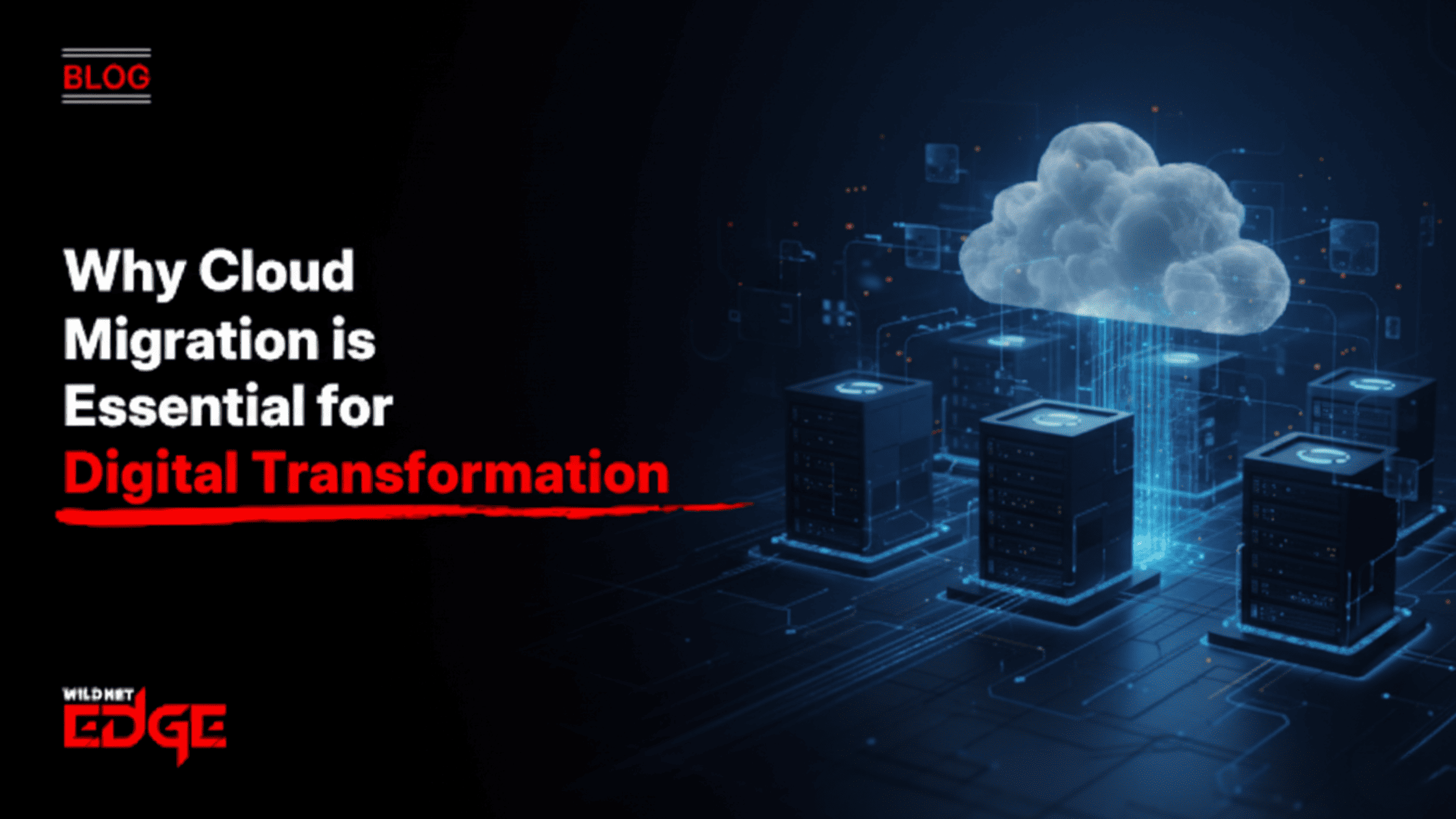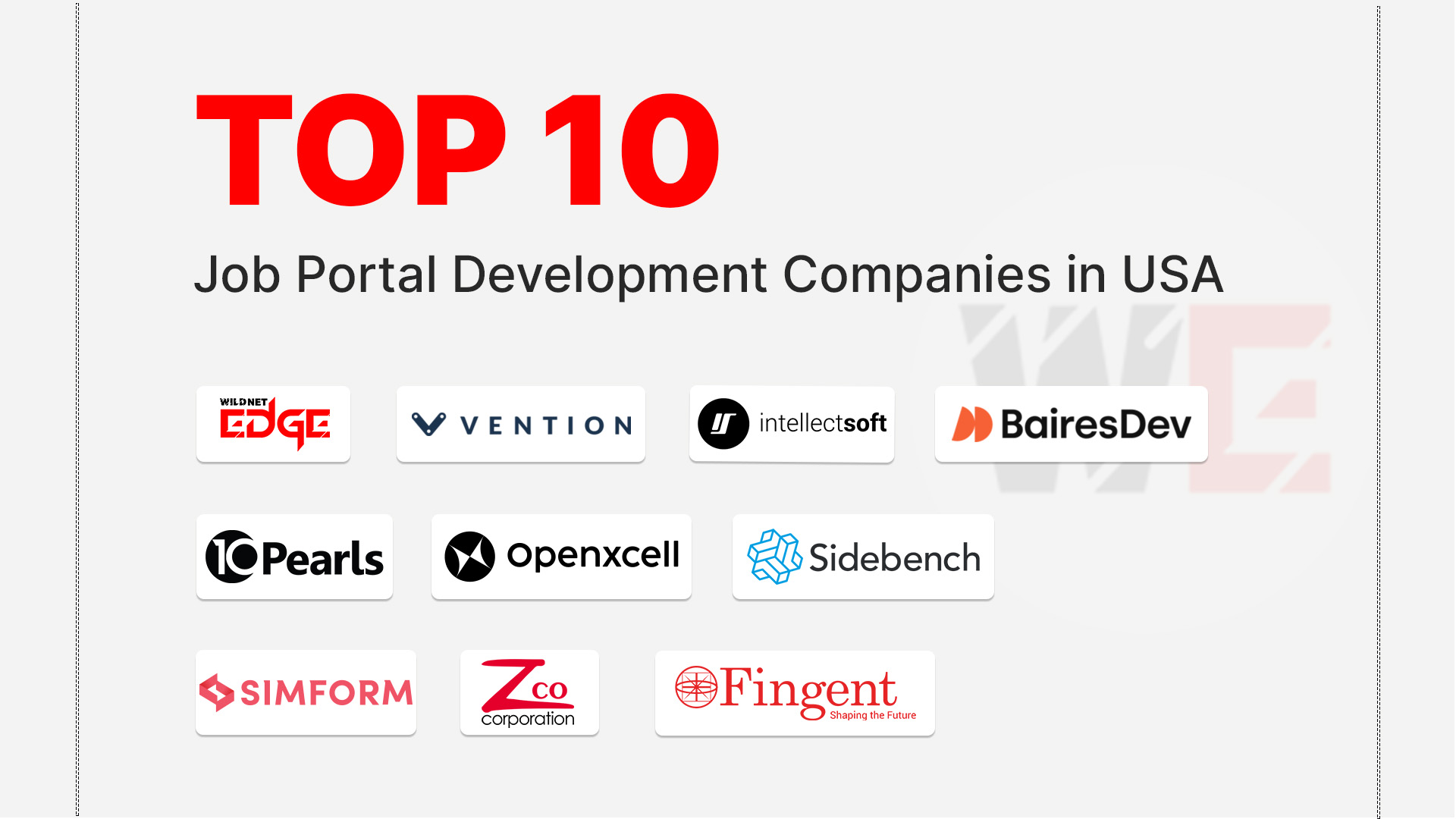TL;DR
This article explains that cloud migration is a foundational element for any successful digital transformation initiative. It details how moving from on-premise infrastructure to the cloud provides the agility, scalability, and cost-efficiency required for modern business operations. The guide explores key cloud adoption benefits, including faster innovation cycles, access to advanced technologies like AI/ML, and improved operational resilience. It emphasises that a well-planned cloud migration, aligned with a clear digital strategy, enables businesses to become more responsive to market changes, enhance customer experiences and ultimately achieve a significant competitive advantage in the digital era.
In 2025, the term “digital transformation” is everywhere. Businesses understand they need to modernise, become more agile, and leverage data to stay competitive. However, true transformation is often hindered by a significant anchor: outdated, on-premise IT infrastructure. To unlock the speed, flexibility, and innovation required for genuine change, there is one essential, foundational step: cloud migration for digital transformation. Let’s discuss the same in this blog and understand the benefits of cloud migration.
What is Cloud Migration in the Context of Digital Transformation?
Cloud migration for digital transformation is the process of moving a company’s digital assets, applications, data, workloads and IT resources from on-premise servers or legacy data centres to a cloud computing environment (like AWS, Azure, or Google Cloud).
However, within a digital strategy, this is far more than a simple “lift and shift.” It’s a strategic initiative aimed at leveraging the unique capabilities of the cloud to enable broader business goals. This could involve modernising applications to be cloud-native, adopting new SaaS solutions, or building a scalable data platform to power analytics and AI. The migration itself is the critical enabler for these transformative activities.
The Core Cloud Adoption Benefits Driving Transformation
Why is moving to the cloud so essential for any serious digital strategy? The benefits are profound and directly impact your ability to compete.
Unmatched Agility and Speed
Traditional IT infrastructure is slow to change. Procuring and setting up new servers can take weeks or months. The cloud provides resources on demand, in minutes. This agility allows your teams to experiment faster, develop and deploy new applications more quickly, and respond to market changes with unprecedented speed. This is perhaps the most significant of the cloud adoption benefits.
Scalability to Meet Any Demand
On-premise infrastructure requires you to buy enough hardware to handle your peak load, meaning most of the time, expensive resources sit idle. The cloud offers elasticity. You can automatically scale your resources up or down based on real-time demand. This ensures your applications always have the capacity they need during busy periods, while saving you money during quiet times.
Access to Cutting-Edge Technologies
Cloud providers offer a vast array of advanced services from sophisticated databases and big data analytics platforms to cutting-edge AI and machine learning tools that are readily available as managed services. Building these capabilities in-house would require massive investment and specialised expertise. The cloud democratizes access to these powerful technologies, levelling the playing field for innovation. Utilizing robust Cloud Infrastructure Services is key to leveraging these tools.
Improved Cost Efficiency
The cloud shifts your IT spending from a capital expenditure model (buying servers) to an operational expenditure model (paying for what you use). This eliminates the need for large upfront investments and often leads to significant long-term cost savings through optimised resource utilisation and reduced overhead for managing physical data centres.
Cloud Migration is Not Just an IT Project
It’s crucial for business leaders to understand that cloud migration for digital transformation is not merely an IT infrastructure upgrade. It is a fundamental business change that requires strategic planning and executive sponsorship. A successful migration involves:
- Clear Business Goals: Defining why you are moving to the cloud and what specific business outcomes you expect to achieve.
- Application Assessment: Analysing your existing applications to determine the best migration strategy for each, e.g., rehost, replatform, refactor.
- Security and Compliance Planning: Ensuring your cloud environment meets your security requirements and industry regulations.
- Change Management: Preparing your teams for new ways of working in a cloud-native environment.
Case Studies
Case Study 1: A Retailer’s Move to Cloud Agility
- The Challenge: A large retail chain was struggling to compete with online giants. Their on-premise infrastructure made it slow and difficult to launch new eCommerce features or scale for holiday traffic spikes.
- Our Solution: We developed a phased cloud migration strategy. We started by moving their customer-facing eCommerce platform to AWS, leveraging auto-scaling and a CDN for performance. This was a complex project requiring deep expertise in cloud adoption benefits and architecture.
- The Result: The retailer was able to deploy new site features 4x faster than before. During their next peak season, their site handled a 300% increase in traffic flawlessly, leading to record online sales.
Case Study 2: A SaaS Company’s Global Scalability
- The Challenge: A successful B2B SaaS Development Company based in Europe wanted to expand into the US market, but their single-region infrastructure resulted in poor performance for American users.
- Our Solution: We helped them migrate to a multi-region cloud architecture. We deployed instances of their application in both European and US data centers, using intelligent routing to direct users to the closest location. This involved collaboration with our DevOps Services team.
- The Result: US users experienced a 70% reduction in application latency. This improved user experience was critical to their successful expansion and rapid customer acquisition in the new market.
Our Technology Stack for Cloud Migration
We leverage industry-leading tools and platforms for seamless and secure migrations.
- Cloud Providers: Amazon Web Services (AWS), Microsoft Azure, Google Cloud Platform (GCP)
- Migration Tools: AWS Migration Hub, Azure Migrate, Google Migrate for Compute Engine
- Infrastructure as Code (IaC): Terraform, AWS CloudFormation, Azure Resource Manager
- Containerization: Docker, Kubernetes
- Monitoring: Datadog, Dynatrace, CloudWatch, Azure Monitor
Conclusion
In the digital age, agility is survival. Cloud migration for digital transformation is the essential first step in building a business that is fast, flexible, and ready for the future. By strategically leveraging the cloud adoption benefits, you move beyond the limitations of legacy infrastructure and unlock the potential for true innovation and growth. It is the foundation upon which your entire digital strategy rests.
Ready to build your future on the cloud? At Wildnet Edge, our AI-first approach ensures we build intelligent Software Development Solutions that are not just migrated, but modernised and optimised to provide a sustainable competitive advantage.
FAQs
The single biggest advantage is business agility. The ability to quickly provision resources, experiment with new technologies, and scale services on demand allows businesses to respond to market opportunities and competitive threats much faster than those tied to on-premise infrastructure.
The common strategies include Rehosting (“lift and shift”), Replatforming (“lift and reshape”), Refactoring (re-architecting for cloud-native), Repurchasing (moving to a SaaS solution), Retiring (decommissioning), and Retaining (keeping on-premise for now). The right strategy depends on the specific application.
The timeline varies greatly depending on the size and complexity of the environment. A phased migration for a large enterprise can take anywhere from 12 to 36 months. Starting with less critical applications is a common approach.
Security is often the biggest perceived risk, but operational disruption during the migration process is also significant. Thorough planning, robust testing, and partnering with an experienced migration expert are key to mitigating these risks.
Roles often shift. Instead of managing physical hardware, the team will focus more on cloud resource management, automation, security configuration, and cost optimization (FinOps). This requires upskilling and a change in mindset.
A hybrid approach is very common. Many businesses choose to migrate certain applications to the public cloud while keeping others (perhaps those with specific security or legacy constraints) in their private data center.
The first step is a comprehensive assessment and discovery phase. This involves inventorying your current applications and infrastructure, defining clear business objectives for the migration, and evaluating the readiness of your organization. This forms the foundation of your entire digital strategy.

Nitin Agarwal is a veteran in custom software development. He is fascinated by how software can turn ideas into real-world solutions. With extensive experience designing scalable and efficient systems, he focuses on creating software that delivers tangible results. Nitin enjoys exploring emerging technologies, taking on challenging projects, and mentoring teams to bring ideas to life. He believes that good software is not just about code; it’s about understanding problems and creating value for users. For him, great software combines thoughtful design, clever engineering, and a clear understanding of the problems it’s meant to solve.
 sales@wildnetedge.com
sales@wildnetedge.com +1 (212) 901 8616
+1 (212) 901 8616 +1 (437) 225-7733
+1 (437) 225-7733































